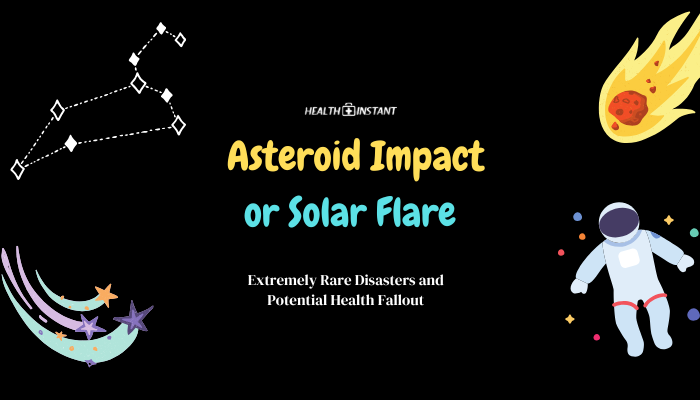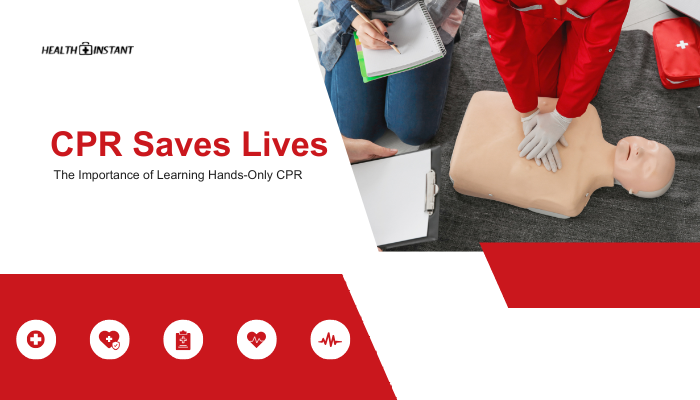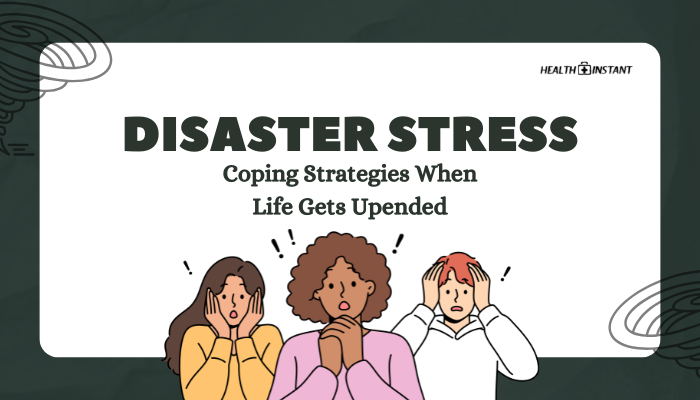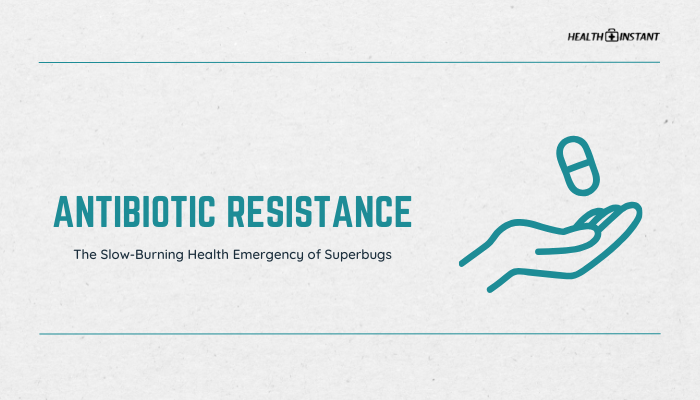Introduction
Encountering a snake in the wild can be nerve-racking, especially if it leads to a bite. While most snakes are non-venomous, certain species produce venom that can cause serious injuries or complications. Knowing the fundamentals of first aid for snakebites and staying calm helps reduce panic and improve outcomes.
This guide covers essential do’s, don’ts, and when to get professional treatment.
Immediate Steps: What to Do
- Remain Calm and Immobilize
- Move away from the snake’s striking range.
- Sit or lie down, keeping the bitten area still and at heart-level or slightly lower to slow venom spread.
- Move away from the snake’s striking range.
- Call Emergency Services
- Dial local emergency numbers right away for medical help.
- Mention that it’s a snakebite and potential envenomation.
- Dial local emergency numbers right away for medical help.
- Remove Constricting Items
- Rings, watches, or tight clothing near the bite site can cause issues if swelling occurs.
- Rings, watches, or tight clothing near the bite site can cause issues if swelling occurs.
- Clean the Wound Lightly
- If possible, wipe with clean water or a mild antiseptic around the area (but don’t flush vigorously or scrub). Keep the site uncovered if it helps.
- If possible, wipe with clean water or a mild antiseptic around the area (but don’t flush vigorously or scrub). Keep the site uncovered if it helps.
- Keep the Person Calm and Warm
- Anxiety increases heart rate, distributing venom more quickly.
What NOT to Do
- Do Not Cut or Suck the Wound
- Attempting to extract venom via incision or mouth suction can worsen tissue damage and infection risk.
- Attempting to extract venom via incision or mouth suction can worsen tissue damage and infection risk.
- Avoid Tourniquets
- Tying off blood flow can lead to severe local tissue harm and necrosis.
- Tying off blood flow can lead to severe local tissue harm and necrosis.
- No “Snake Stone” or Traditional Remedies
- Unverified methods often do more harm than good.
- Unverified methods often do more harm than good.
- Don’t Use Ice or Extreme Heat
- Applying ice or heat to the bite area can exacerbate tissue damage.
- Applying ice or heat to the bite area can exacerbate tissue damage.
- Refrain from Excess Movement
- Don’t run or walk long distances if possible; get someone’s help or contact rescue.
When to Seek Medical Help
- Every Snakebite Is Serious
- Even a suspected dry bite from a venomous snake or an unknown species.
- Even a suspected dry bite from a venomous snake or an unknown species.
- Symptoms of Envenomation
- Rapid swelling, severe pain, bruising, tingling, difficulty breathing, nausea, or dizziness.
- Rapid swelling, severe pain, bruising, tingling, difficulty breathing, nausea, or dizziness.
- Unclear Origin
- If you didn’t see the snake clearly, assume venomous until proven otherwise.
- If you didn’t see the snake clearly, assume venomous until proven otherwise.
Hospitals or clinics might administer antivenom after assessing if venom injection actually occurred.
Identifying the Snake (If Safe)
- Only If Non-Risky
- Attempting to catch or get close to the snake for identification is dangerous.
- Attempting to catch or get close to the snake for identification is dangerous.
- Visual Clues
- If the snake is dead or easily photographed from a distance, do so for identification by medical professionals.
- If the snake is dead or easily photographed from a distance, do so for identification by medical professionals.
- Focus on First Aid First
- Clarity about the exact species aids treatment, but personal safety and immediate care come first.
Handling Venomous vs. Non-Venomous Bites
- Venomous
- Rapid onset of swelling, severe local pain, or systemic signs. Immediate medical attention is essential.
- Rapid onset of swelling, severe local pain, or systemic signs. Immediate medical attention is essential.
- Non-Venomous
- Might cause minor punctures, local discomfort, or infection risk. Still wash the wound and monitor for signs of infection.
- Might cause minor punctures, local discomfort, or infection risk. Still wash the wound and monitor for signs of infection.
If uncertain, treat as potentially venomous until doctors confirm otherwise.
Travel and Preparedness
- Research Local Snakes
- Understand the region’s common venomous species.
- Understand the region’s common venomous species.
- Carry a First Aid Kit
- Include bandages, antiseptics, a phone, and knowledge of the nearest healthcare facility.
- Include bandages, antiseptics, a phone, and knowledge of the nearest healthcare facility.
- Learn Basic Field Techniques
- Knowledge of compression bandages if recommended in certain regions (e.g., Australia) for specific snake venoms.
Additional Tips
- Wear Protective Clothing
- Long pants, boots, or gaiters if hiking in snake-prone areas.
- Long pants, boots, or gaiters if hiking in snake-prone areas.
- Watch Step and Hand Placement
- Snakes often hide under logs or brush; use caution before stepping or reaching into hidden spots.
- Snakes often hide under logs or brush; use caution before stepping or reaching into hidden spots.
- Educate Children
- Teach them to avoid snakes, not to provoke or handle them.
Conclusion
A venomous snakebite can be frightening, yet quick, calm action and proper first aid drastically improve survival and recovery. Do not attempt old methods like sucking venom, applying ice, or using tourniquets. Instead, limit movement, call for professional help, and lightly clean and monitor the wound.
By wearing suitable gear and learning about local snake species, hikers and adventurers can reduce risks—and if a bite does occur, timely and correct response can save a limb and possibly a life.
References
- World Health Organization (WHO). (2021). Snakebite envenoming: key facts.
- American Red Cross. (2020). Snakebite first aid guidelines.
- Centers for Disease Control and Prevention (CDC). (2019). Venomous snakes: prevention and management.
- Toxicon Journal. (2018). Snake venom toxicology and management best practices.
Disclaimer: This guide offers general advice; always follow region-specific medical advice and contact professional emergency services if bitten by a snake.






